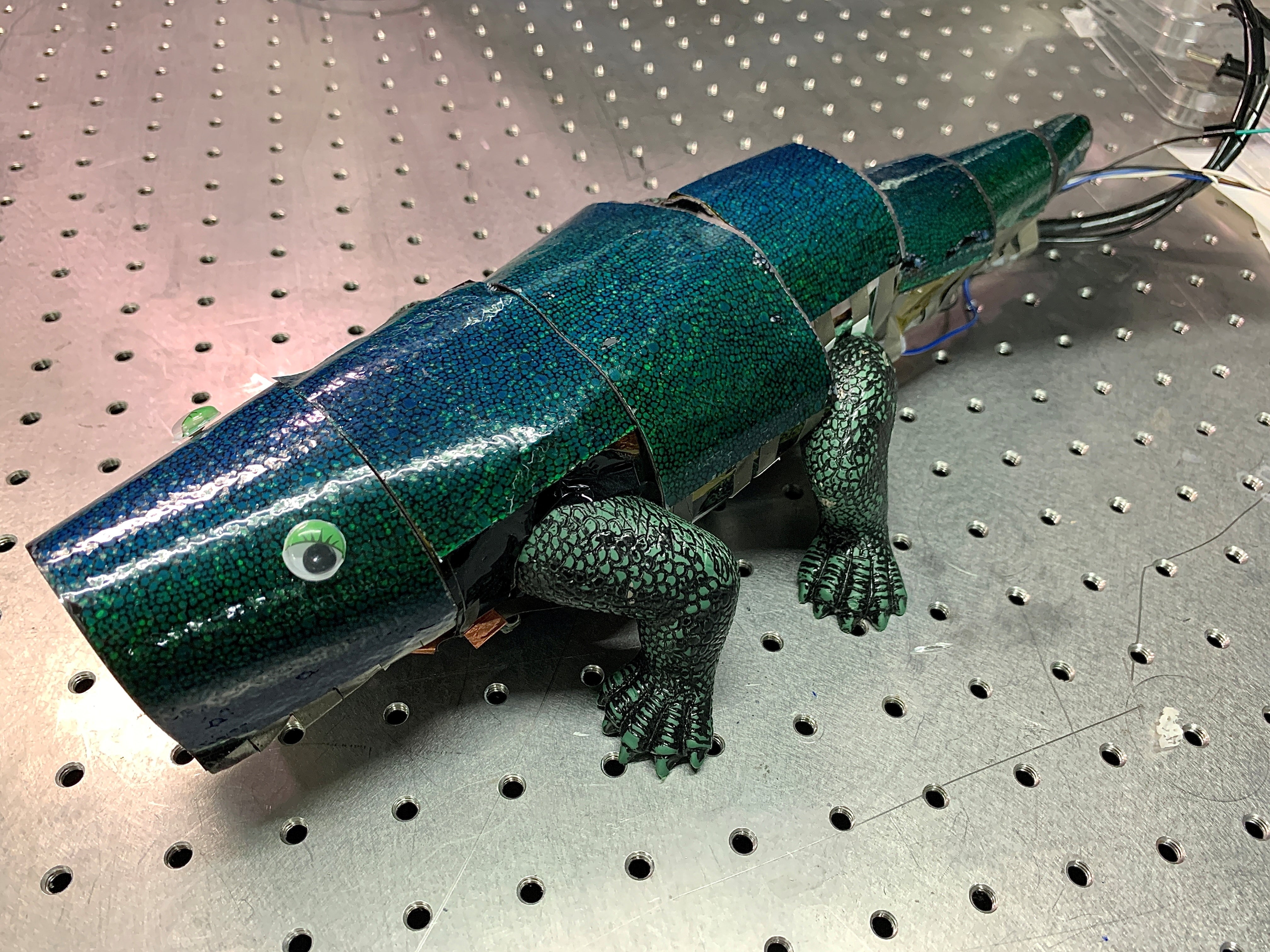The Independent's journalism is supported by our readers. When you purchase through links on our site, we may earn commission.
South Korean researchers create chameleon-like artificial skin
The skin could be ‘an important technology for the military’, scientists say

Your support helps us to tell the story
From reproductive rights to climate change to Big Tech, The Independent is on the ground when the story is developing. Whether it's investigating the financials of Elon Musk's pro-Trump PAC or producing our latest documentary, 'The A Word', which shines a light on the American women fighting for reproductive rights, we know how important it is to parse out the facts from the messaging.
At such a critical moment in US history, we need reporters on the ground. Your donation allows us to keep sending journalists to speak to both sides of the story.
The Independent is trusted by Americans across the entire political spectrum. And unlike many other quality news outlets, we choose not to lock Americans out of our reporting and analysis with paywalls. We believe quality journalism should be available to everyone, paid for by those who can afford it.
Your support makes all the difference.A team of researchers say they have developed an artificial skin-like material that, like a chameleon, can change its colours to match its surroundings.
The flexible and multi-layered “skin”, less than a hundred micrometres and thinner than a human hair, was created with a special ink that changes hue depending on temperature and is controlled by tiny, flexible heaters.
Dr Ko Seung-hwan, a mechanical engineering professor at Seoul National University, told Reuters: “If you wear woodland camouflage uniforms in a desert, you can be easily exposed. Changing colours and patterns actively in accordance with surroundings is key to the camouflage technology that we created.”
Dr Ko and the team demonstrated the technology, which uses thermochromic liquid crystal ink and vertically stacked multi-layer silver nanowire heaters, with a robot with colour-detecting sensors.
The demonstration showed the skin trying to mimic the colours the sensor “saw” around it. As the robot crawled over areas of different dues, its skin almost instantaneously changed to match the background.
By adding additional silver nanowire layers in simple shapes such as dots, lines or squares, researchers say they have enabled the skin to create complex patterns.
Dr Ko continued: “The colour information detected by sensors is transferred to a microprocessor and then to silver nanowire heaters. Once the heaters reach a certain temperature, the thermochromic liquid crystal layer changes its colour.”
Scientists behind the skin believe it could make a “competent option for a next-generation artificial camouflage”.
The research, published in the journal Nature, states that artificial camouflage is “an important technology for the military” – a market that researchers say is “growing rapidly”.
The study says: “Recent developments on smart textiles for the military purpose also increases the interest towards adaptive camouflage technologies.
“Besides military applications, artificial camouflage receives broad attention from architecture, art and fashion, and a number of consumer products for hunting and outdoor activities.”
Dr Ko told Reuters: ”The flexible skin can be developed as a wearable device and used for fashion, military camouflage uniforms, exterior of cars and buildings for aesthetic purposes, and for future display technology.”
Join our commenting forum
Join thought-provoking conversations, follow other Independent readers and see their replies
Comments